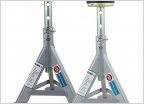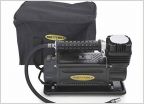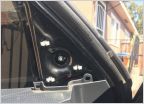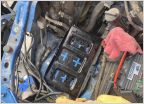-
Welcome to Tacoma World!
You are currently viewing as a guest! To get full-access, you need to register for a FREE account.
As a registered member, you’ll be able to:- Participate in all Tacoma discussion topics
- Communicate privately with other Tacoma owners from around the world
- Post your own photos in our Members Gallery
- Access all special features of the site
Quick Links: Is there a blank for the USB plug in the dash?
Is there a blank for the USB plug in the dash?  Best jack and jack stand brand recommendations
Best jack and jack stand brand recommendations  Full Size Spare (285/70/17) or Compressor
Full Size Spare (285/70/17) or Compressor  Part number for the small white clips that hold the front door triangles in place?
Part number for the small white clips that hold the front door triangles in place?  Batteries Plus X2Power 27F Battery Install and Review
Batteries Plus X2Power 27F Battery Install and Review  Thoughts on Redline?
Thoughts on Redline?
3.5 V6 Atkinson Cycle engine and the gas grade parade extravaganza...
Discussion in '3rd Gen. Tacomas (2016-2023)' started by Knucklegrumble, Sep 27, 2016.
Page 9 of 9
Page 9 of 9













































































